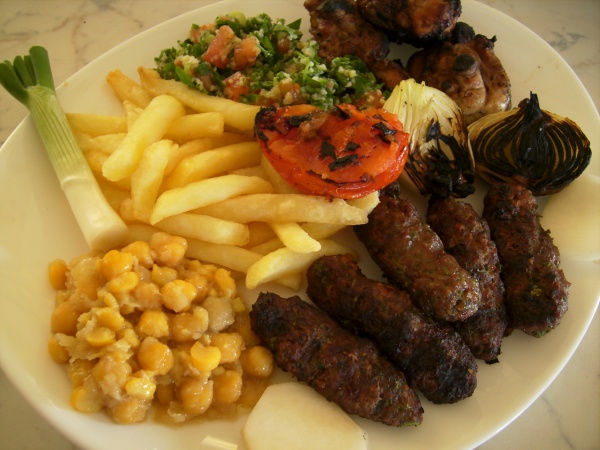Facts About Lebanese cuisine
Lebanese cuisine is a delightful culinary tradition originating from Lebanon, celebrated for its use of whole grains, fresh fruits and vegetables, seafood, and poultry, with lamb and goat being the favored red meats. Essential ingredients such as olive oil, garlic, lemon juice, chickpeas, and parsley contribute to a flavorful and healthy diet.
Some of the most beloved dishes include baba ghanoush, falafel, shawarma, hummus, and the sweet treat baklava. Regarding beverages, arak, a traditional anise-flavored spirit, is considered the national drink, while Lebanese wine also enjoys significant popularity.
The roots of Lebanese cuisine extend back thousands of years, shaped by various civilizations such as the Romans, Greeks, Persians, Arabs, Egyptians, and Phoenicians. Later, the Ottoman and French occupations left their marks, further enriching the culinary landscape. The Lebanese diaspora has also influenced the cuisine by introducing new ingredients and cooking techniques.
Lebanese cooking emphasizes grilling, baking, and light preparations using olive oil. Vegetables are often enjoyed raw, pickled, or cooked. Mezze, a collection of small dishes served together, is a popular way to enjoy a meal in Lebanon. The cuisine varies by region, with each area boasting its own specialties. Desserts are a highlight, featuring delights such as baklava, ma'amoul, and muhallebi.
Key ingredients in Lebanese cuisine include bread, dairy products like halloumi and labneh, stews, vegetarian dishes, meats like lamb, chicken, and beef, fish, and a variety of spices and condiments. The flavors are diverse, influenced by Turkish, Arab, and French culinary styles. Traditional Lebanese beverages include arak, Lebanese wine, mate, and jallab.

 Israel
Israel